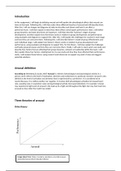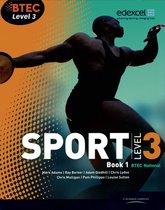Essay
Unit 17 Assignment 2 Arousal and Group Dynamics - DISTINCTION
- Course
- Institution
- Book
Unit 18 Assignment 1 Common Sports Injuries Can be Prevented by the Correct Identification of Risk Factors HIGHEST GRADE: DISTINCTION GRADE ACHIEVED: DISTINCTION In this assignment, I first described and explained three theories of arousals and their effect on sports performance Next, ...
[Show more]




